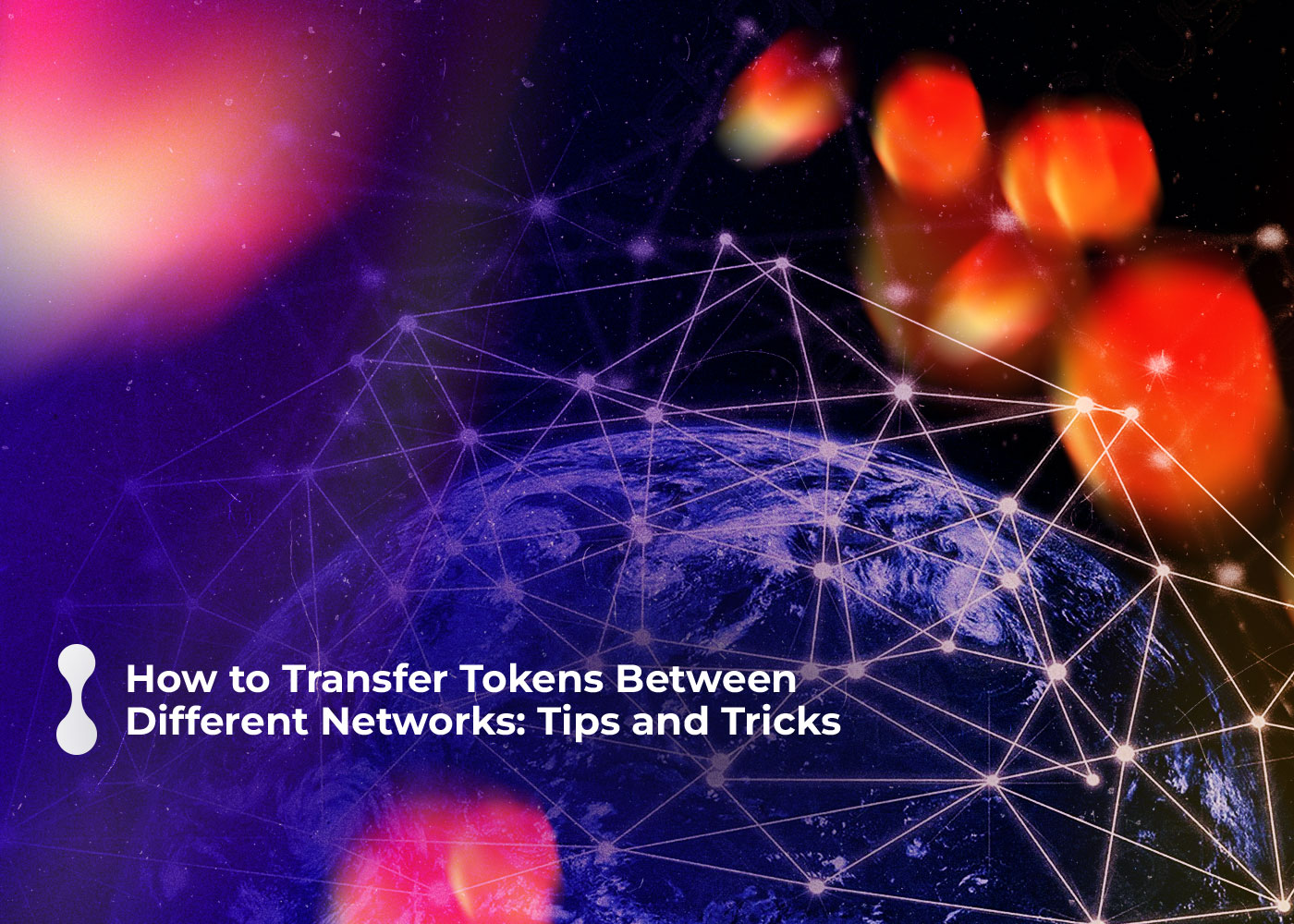Transferring tokens from one blockchain to another is one of the key parts of trading cryptocurrencies. Yet, it might be a complicated process for some newer traders. But have no fear… Transferring cryptocurrency can be a simple process with the right knowledge and tools. Whether you’re moving tokens between different blockchains, exchanges, or wallets, this know-how that we will provide will be beneficial. This blog post will explore everything you need to know about moving crypto from one exchange to another. Let’s get started.
Let’s Start with the Basics: What Are Token Networks and Protocols?
Blockchain technology and decentralized systems cannot be without token networks and protocols in today’s world. But what are they? Well, token networks are a network based on blockchain technology and utilizes digital tokens (cryptocurrencies) as a means of value, representation, and participation. With these tokens, anything from cryptos to access rights can be represented on a platform. Some of the most popular token networks include Bitcoin, Ethereum, and Binance Smart Chain.
What about token protocols? They refer to sets of rules and standards that govern the behavior and interactions of these aforementioned tokens in a certain network. They define how they are created, issued, transferred, and used. For example, Ethereum uses a protocol named ERC-20, whereas Binance Smart Chain uses BEP-20. Keep that in mind: there are a lot of different protocols that can be used on the same protocol. For example, ERC-721 is used for NFTs on the Ethereum network, and ERC-777 is used to add additional functionality to a token on the Ethereum network.
When combined, these networks and protocols form the backbone of decentralized finance, or the whole cryptocurrency industry in a sense, allowing the secure and trustless transactions, automation, and P2P interactions that the blockchain promised.

Can You Transfer Tokens Between Networks?
Before answering this question, we should explain how token transfers work in a simple manner. For starters, token transfers are the process of sending crypto from one account/address/network to another. To transfer crypto, you need the sender’s and the recipient’s address, the amount of tokens being transferred, and the fees that are needed to make this transaction.
Once the transaction is ordered, it is announced to the network, where nodes can verify and process it, as it is the nature of the blockchain. This verification process is vital because it is needed to be ensured that the sender has enough tokens to cover the transfer and the fees. The recipient gets the tokens, and the sender is debited once the verification is successful.
Now here comes the answer to the original question: can you move crypto from one exchange to another? Yes, it is possible and fairly common in the cryptocurrency world. But the process is more complex than sending money to your friend via Venmo or something like that, as different networks often use different token standards, consensus protocols, and transaction formats. Yet, there are tools and platforms available that allow people to send crypto from one chain to another.
How Does It Work?
To cross-chain token transfers, you need to use various mechanisms like atomic swaps, sidechains, or cross-chain bridges.
Atomic Swaps:
Atomic swaps allow people to exchange tokens between different chains without an intermediary or centralized exchange like Binance, OKEx, or Coinbase. Since two parties have agreed to exchange an equal number of tokens across several networks, this transaction is essentially peer-to-peer in nature. To increase the security of this transaction, both parties use smart contracts that automate and regulate the exchange. Thanks to this addition, atomic swaps are a trustless and decentralized way of transferring tokens.
Sidechains:
Sidechains, as you can guess based on the name, are a type of blockchain connected to a parent chain. This allows people to transfer tokens to another chain. But how? Well, thanks to something called “pegging,” this is possible. Pegging involves locking a certain number of tokens on the main chain, which are then sent to a sidechain in return for the same number of tokens on the sidechain. Sidechains can often operate independently of the parent chain and provide several benefits, like faster transactions, lower fees, and the ability to transfer tokens to other chains.
Cross-Chain Bridges:
Cross-chain bridges are platforms that connect different blockchain networks, enabling the transfer of tokens between them. These bridges typically involve a multi-step process where tokens are locked on one network and then minted or issued on another network. Once the tokens have been transferred, they can be redeemed on the original network through the bridge.
Cross-chain bridges simply connect two different networks, enabling the transfer of tokens between them. These bridges often use a multi-step process similar to sidechains. The bridge locks the amount of tokens that you want to send in one network and creates the same amount on the other bridge.
Conclusion:
In the end, token networks and protocols have changed how digital assets are made, controlled, and moved. Moving tokens within a single network isn’t too hard, but moving tokens between networks can be more difficult and requires special tools and platforms. Sidechains, atomic swaps, and cross-chain links are three main ways to move tokens between them. As more blockchain networks come online and the need for interoperability grows, these methods will continue to change, giving digital assets a way to move between networks in new and interesting ways.
